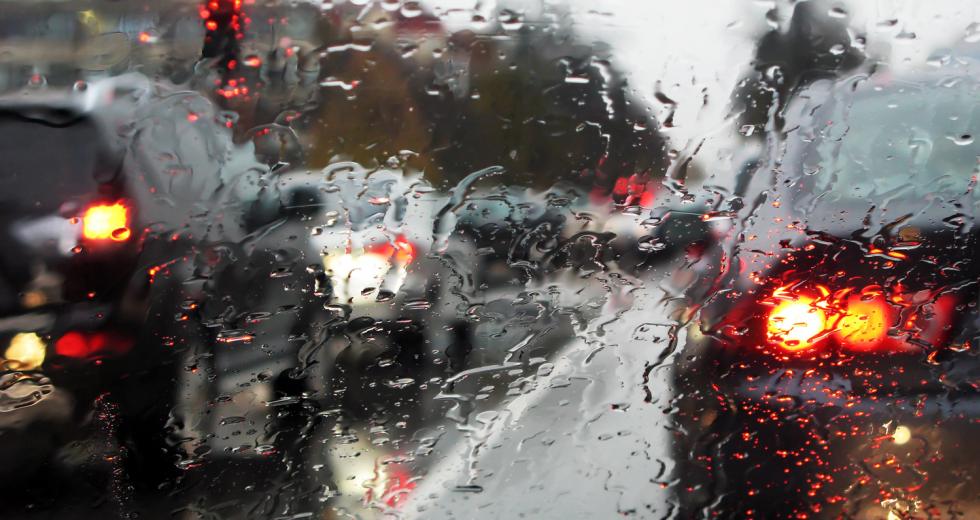Rain has finally been falling hard in California, where reservoirs are filling up fast.
After six years of punishing drought, that’s obviously a good thing. But it creates a balancing-act challenge for the state’s water managers. Keep too much holed up in storage and the system will overflow if the precipitation keeps coming. Open the hatches too much and, if Mother Nature doesn’t provide any more deluges, California will be parched when the rain stops.
“There is always a trade off — and you never know if you are doing it right,” says Jay Lund, director of the Center for Watershed Sciences at the University of California at Davis.
Floods already have washed over Northern California, inundating homes and farmland and spurring evacuations. The Sacramento Weir spillway was unlocked for the first time in a decade last week, sending water pouring out into nearby plains to take the pressure off the Sacramento River and protect the city.
The storms started rolling in with 2017: Record rain and heavy snow saturated the state during the first two weeks, thanks to flowing ribbons of moisture rising out of the Pacific that climatologists call atmospheric rivers. There was so much so fast that most reservoirs are holding more than average for the month, and the mountain snowpack is deep and wide.
By Jan. 12, the share of California that was abnormally dry or in drought had fallen to about 65 percent from almost 82 percent the week before, according to the U.S. Drought Monitor. California is the biggest U.S. agricultural producer of more than 400 crops as well as more than a third of the country’s vegetable production and two-thirds of fruit and nut output. Milk, almonds, grapes, cattle and lettuce were the state’s biggest crops in 2015, data from the agriculture department show.
Flood Pools
The storms have been great for the state, but not necessarily the closer needed to call the drought done. That will depend in part on how reservoirs are managed to ensure there’s enough water come summer for more than 38 million residents and a $40 billion agriculture industry.
“It’s the primary challenge we deal with,” says Mike Anderson, a state climatologist in Sacramento.
Western states depend on water captured in the rainy season and from runoff when mountain snows melt. California is dotted with hundreds of reservoirs, and the Army Corps of Engineers sets rules that determine how much spare capacity each must have, called the flood pool. When that level is reached, stored water has to be released and the outflows carefully calculated so rivers downstream aren’t overwhelmed.
Groundwater Depletions
When big storms are on the way, “drought is not really a consideration,” says Mitch Russo, intelligence chief with the California Department of Water Resources’ flood-operations center. It’s all about preventing floods.
“Ideally, we would love to have these come in as snow,” Russo says. “‘The snowpack in the Sierra Nevada is by far and away our greatest water resource.”
So far, so good: On Monday, 68.7 percent of the Sierra Nevada was snow-covered to an average depth of nearly 3 feet, according to the National Operational Hydrologic Remote Sensing Center. A year ago, about the same amount of cover was only about half as deep.
For all that, there’s no telling how much damage has been done in the past six years to groundwater resources, especially in the southern part of the state, which hasn’t shared in all the precipitation and where big cities have big demands.
“Groundwater depletions may be with us for years, maybe decades, maybe forever,” says Lund, a civil and environmental engineering professor who writes the California Water Blog.
Still, 2017 started out with such a bang that the experts are cautiously optimistic. At the least, the atmospheric rivers have put “a dent” in the drought, Anderson says.
In fact, according to the monitor, the percentage of the state in exceptional drought, the worst category, fell to just above 2 percent last week from more than 18 percent the week before.
And there’s more to come: Another atmospheric river started in the region on Wednesday.



